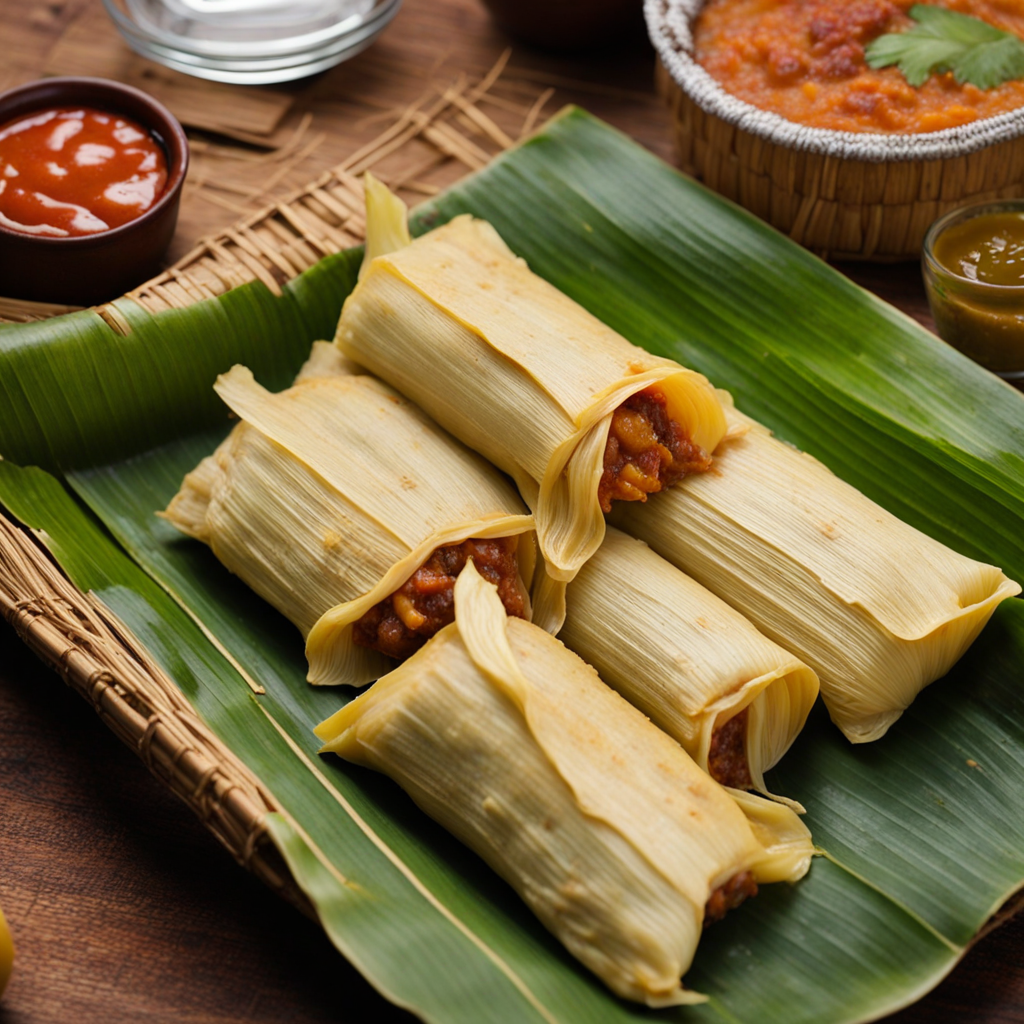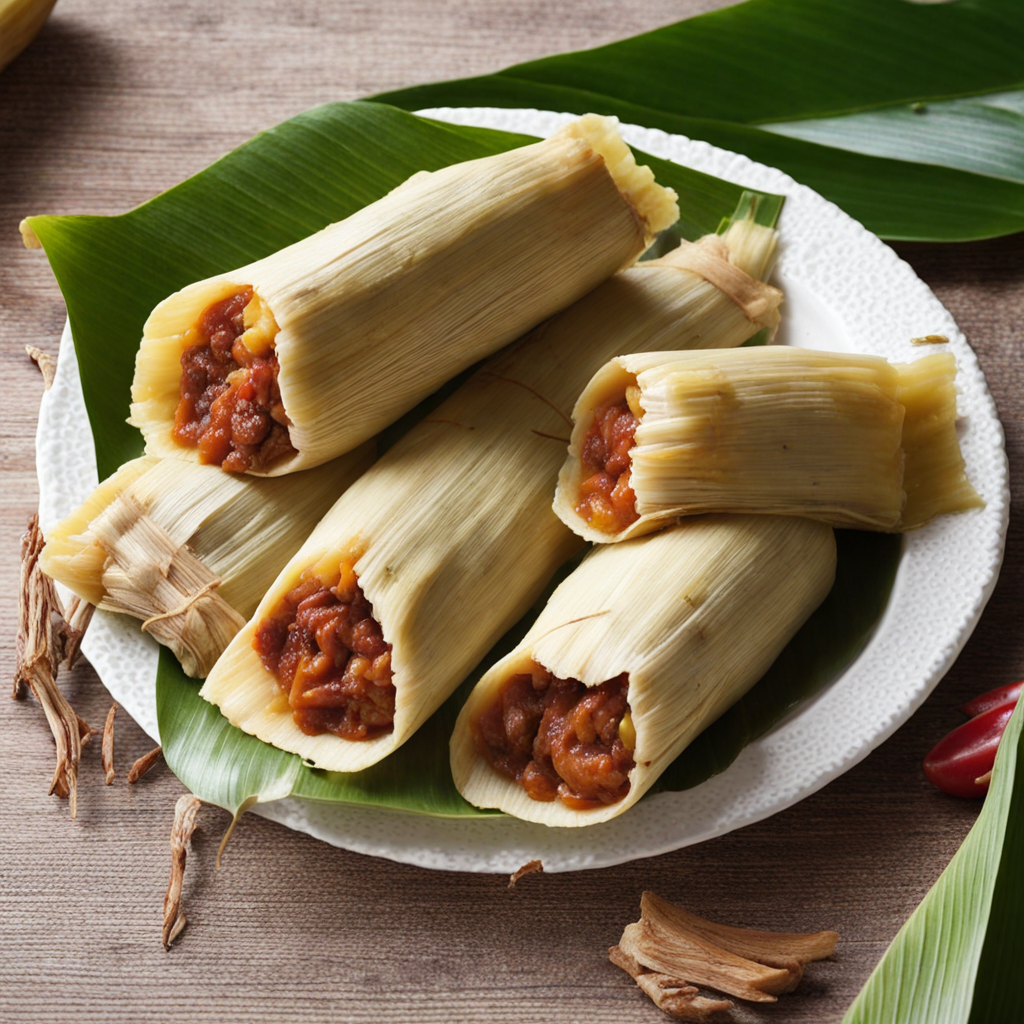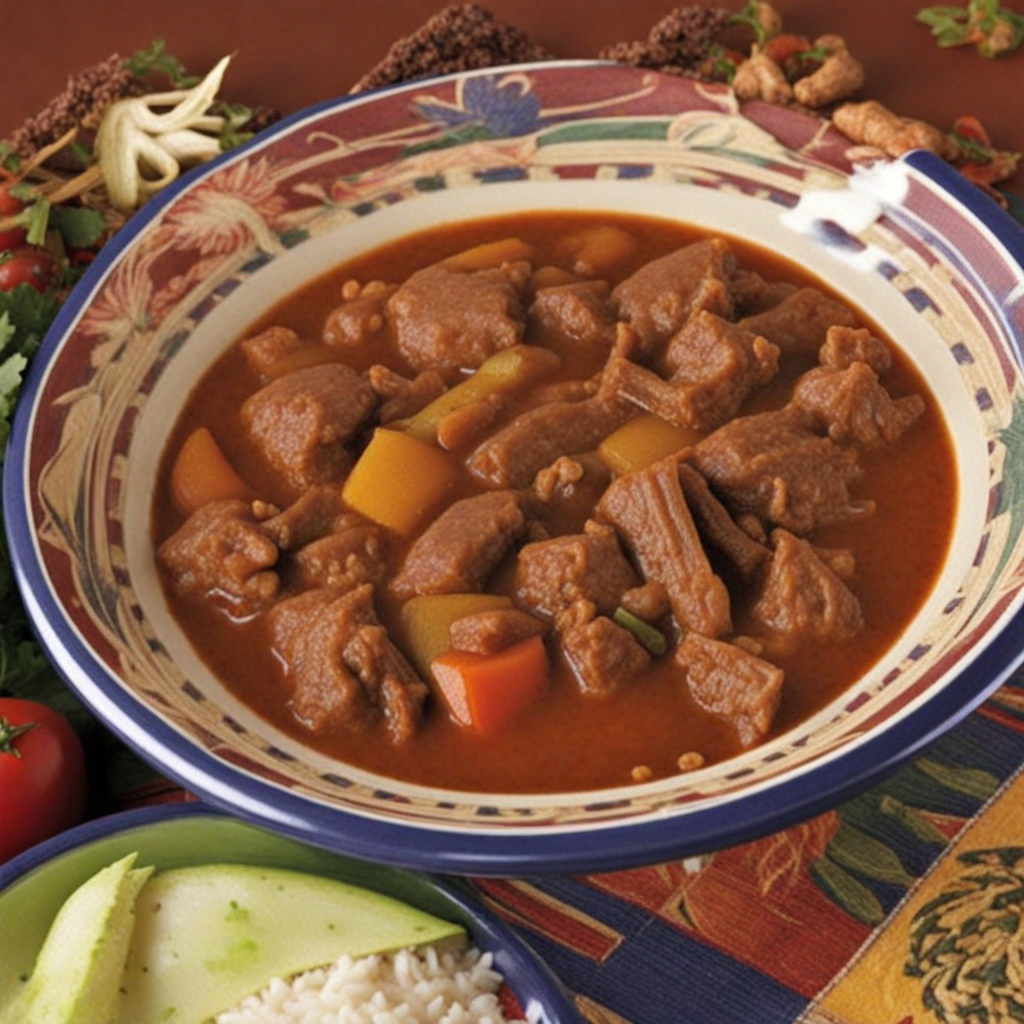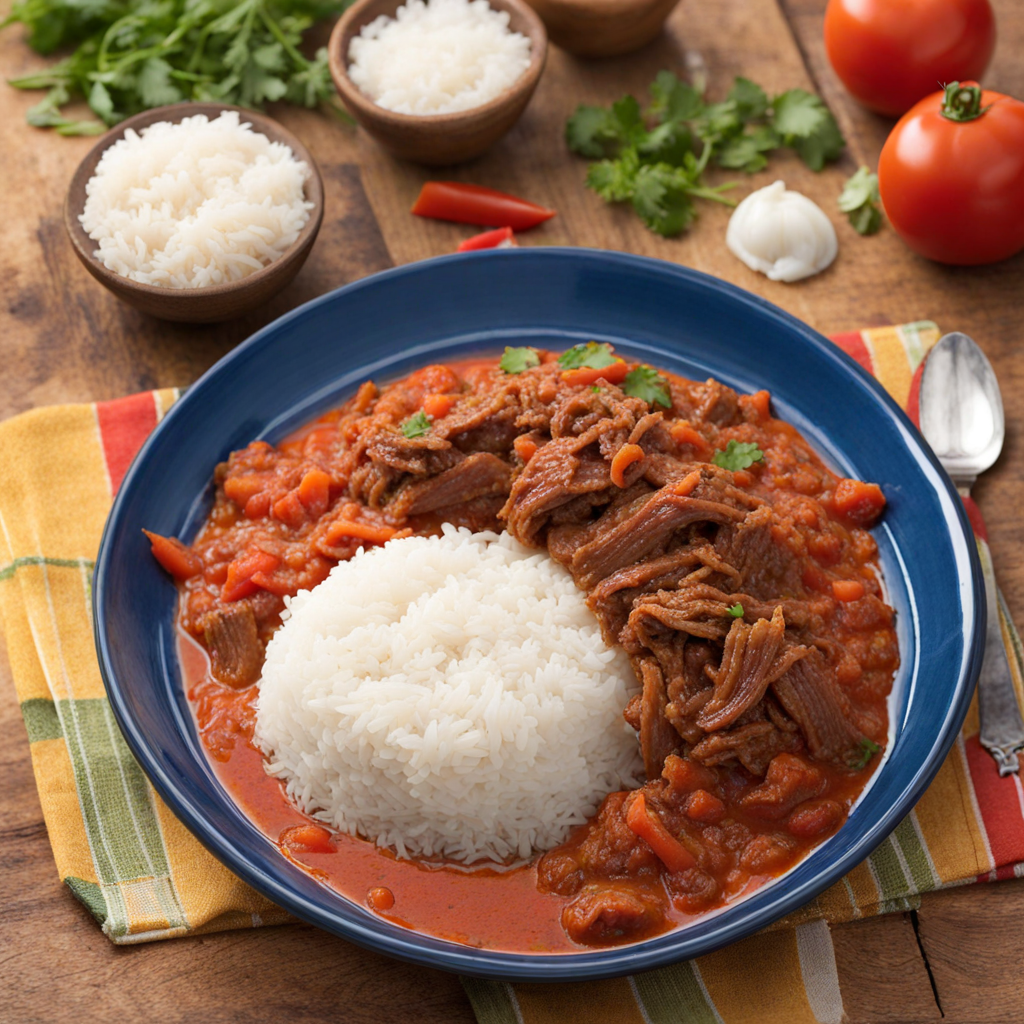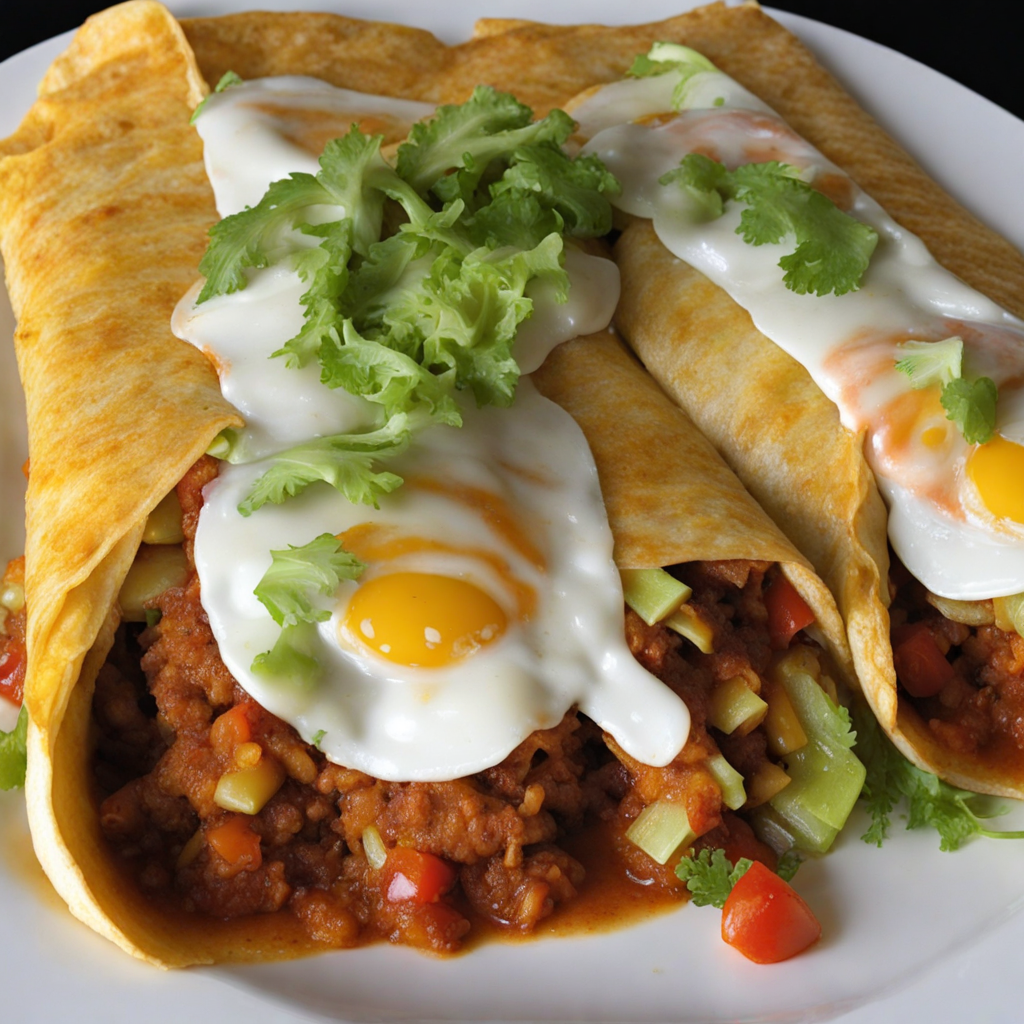Paches
Paches are a traditional Guatemalan dish that showcases the rich culinary heritage of the country. Made primarily from masa (corn dough), these delicious treats are often filled with a variety of ingredients, including seasoned meats, vegetables, and sometimes even a hint of spices that reflect the local flavors. The masa is prepared using fine corn, which is soaked, ground, and then shaped into a smooth dough, creating a soft and pliable base that is perfect for encasing fillings. The process of making paches is often a communal activity, bringing families together to enjoy the art of cooking and share in the joy of food.
How It Became This Dish
The History of Paches: A Guatemalan Culinary Treasure Origins of Paches Paches, the delicious and hearty Guatemalan dish made primarily of potatoes and masa (corn dough), have their roots deeply intertwined with the history of the indigenous peoples of Guatemala. This dish reflects the rich agricultural traditions of the region, where potatoes and corn have been staples for centuries. The origins of paches can be traced back to the ancient Maya civilization, which flourished in Mesoamerica long before the arrival of the Spanish in the 16th century. The Maya cultivated potatoes in the highlands of Guatemala, where the climate was conducive to growing this nutritious tuber. Meanwhile, corn (maize) was considered a sacred crop, integral to their diet and culture. The combination of these two ingredients in paches symbolizes the harmonious relationship between the land and its people. The dish is often prepared for special occasions and celebrations, highlighting its cultural significance. Cultural Significance In Guatemalan culture, paches carry a deep sense of community and tradition. They are often associated with the Day of the Dead (Día de los Muertos), a time when families honor their ancestors. During this period, paches are made in large quantities and shared among family members and friends. The act of preparing and consuming paches together fosters a sense of unity and remembrance. Paches are also served during various religious festivals, including the Feast of the Virgin of the Assumption, the patron saint of Guatemala City. The dish is often accompanied by various sauces, such as tomato and chili salsas, enhancing its flavor and making it a cherished part of the festive table. In rural areas, paches are commonly prepared for community gatherings, symbolizing hospitality and the sharing of resources. Ingredients and Preparation The basic ingredients for paches consist of boiled potatoes, masa, and various fillings, which can include meats like chicken or pork, vegetables, or even cheese. The preparation process is labor-intensive, often requiring the efforts of several family members or friends, especially during festive occasions. To make paches, the potatoes are first boiled and mashed, then mixed with masa to form a dough. The dough is shaped into small rounds, and a filling is placed in the center before being wrapped in banana leaves and steamed. The use of banana leaves is significant, as it imparts a unique flavor to the dish while also serving as an eco-friendly cooking method. Once cooked, paches are served hot, often accompanied by a variety of condiments and side dishes. In some regions, they may be enjoyed with a spicy sauce or served alongside a fresh salad, making them a versatile dish suitable for different occasions. Evolution Over Time The evolution of paches reflects the broader changes in Guatemalan society, particularly in terms of agricultural practices and culinary influences. With the arrival of the Spanish colonizers, new ingredients such as pork and spices were introduced, enriching the traditional recipes and leading to the development of various regional variations of paches. In urban areas, paches have evolved to incorporate more diverse fillings, influenced by both local and international cuisines. For instance, in Guatemala City, you might find paches filled with cheese or vegetables, catering to the tastes of a more cosmopolitan population. Additionally, the rise of food markets and street vendors has popularized paches, making them accessible to a wider audience. In recent years, there has been a resurgence of interest in traditional Guatemalan foods, including paches. This is partly due to efforts to preserve indigenous culinary practices and promote local ingredients. Chefs and home cooks alike have been experimenting with new flavors and techniques, while still honoring the traditions that have defined this beloved dish for generations. Paches in Modern Guatemala Today, paches are not just a traditional dish; they have become a symbol of Guatemalan identity. They are served in restaurants, street stalls, and homes across the country, enjoyed by locals and tourists alike. The dish represents a connection to the land, history, and culture of Guatemala, making it a vital part of the country’s culinary heritage. In the realm of gastronomy, paches have gained recognition beyond Guatemalan borders. Culinary festivals celebrating Central American cuisine often feature paches, allowing chefs to showcase their creativity while honoring traditional flavors. This spotlight on paches has contributed to a growing appreciation for Guatemalan cuisine in the global culinary scene. Additionally, efforts to promote sustainable agriculture and local food systems have further elevated the status of paches. Local farmers are encouraged to cultivate native ingredients, which in turn supports the preservation of traditional dishes and their cultural significance. This emphasis on sustainability aligns with a growing trend among consumers who seek authentic and locally-sourced foods. Conclusion Paches are more than just a dish; they embody the spirit of Guatemala. With their origins rooted in ancient agricultural practices and their evolution reflecting the complexities of cultural exchange, paches represent a culinary journey through time. As they continue to evolve and adapt, paches remain a beloved staple, cherished for their flavors, communal significance, and the stories they tell about the people and land of Guatemala. The enduring popularity of paches serves as a testament to the resilience of Guatemalan culinary traditions. They remind us of the importance of food in shaping cultural identity, fostering community, and preserving history. As Guatemala moves forward, paches will undoubtedly continue to hold a special place in the hearts of those who prepare and enjoy them, ensuring that this culinary treasure remains a vibrant part of the nation’s heritage for generations to come.
You may like
Discover local flavors from Guatemala


